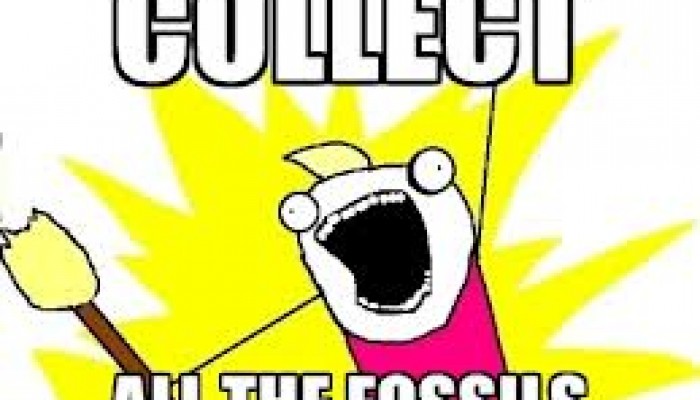NASA might be having a rain-check on its outreach activities, but that’s not why Curiosity has gone silent the last few days. Every once in a while an event known as the Mars Solar Conjunction places Mars’ orbit directly behind the sun with respect to Earth, and makes communications impossible. Transmissions have ceased until May 1st, when the red planet will pop back into digital sight. Until then, Curiosity is working on the ‘B-side’ (like the cool side of the pillow) of its systems and operating autonomously.
In the mean time, I’ve been fortunate enough to be at the MSL (Mars Science Laboratory) Press Conference here in Vienna, with the latest from the little (1 tonne) science-savvy robot. During the current down time, it’s a chance for the teams to begin to really process the data and get the science out there (see here for where Curiosity has got to so far). This is a snippet of what to expect in forthcoming publications.





